Archaeology Hotspot France
Archaeology Hotspots: Unearthing the Past for Armchair Archaeologists
Series Editor: Paul G. Bahn, independent archaeologist and author of The Archaeology of Hollywood
Archaeology Hotspots are countries and regions with particularly deep pasts, stretching from the depths of prehistory to more recent layers of recorded history. Written by archaeological experts for everyday readers, the books in the series offer engaging explorations of one particular country or region as seen through an archaeological lens. Each individual title provides a chronological overview of the area in question, covers the most interesting and significant archaeological finds in that area, and profiles the major personalities involved in those discoveries, both past and present. The authors cover controversies and scandals, current digs and recent insights, contextualizing the material remains of the past within a broad view of the areas present existence. The result is an illuminating look at the history, culture, national heritage, and current events of specific countries and regionsspecific hotspots of archaeology.
Archaeology Hotspot Egypt: Unearthing the Past for Armchair Archaeologists , by Julian Heath (2015)
Archaeology Hotspot Great Britain: Unearthing the Past for Armchair Archaeologists , by Donald Henson (2015)
Archaeology Hotspot France
Unearthing the Past for Armchair Archaeologists
Georgina Muskett
ROWMAN & LITTLEFIELD
Lanham Boulder New York London
Published by Rowman & Littlefield
A wholly owned subsidiary of The Rowman & Littlefield Publishing Group, Inc.
4501 Forbes Boulevard, Suite 200, Lanham, Maryland 20706
www.rowman.com
Unit A, Whitacre Mews, 26-34 Stannary Street, London SE11 4AB
Copyright 2018 by The Rowman & Littlefield Publishing Group, Inc.
All rights reserved. No part of this book may be reproduced in any form or by any electronic or mechanical means, including information storage and retrieval systems, without written permission from the publisher, except by a reviewer who may quote passages in a review.
British Library Cataloguing in Publication Information Available
Library of Congress Cataloging-in-Publication Data
Names: Muskett, G. M. (Georgina M.), author.
Title: Archaeology hotspot France : unearthing the past for armchair archaeologists / Georgina Muskett.
Description: Lanham, Maryland : Rowman & Littlefield, 2018. | Series: Archaeology hotspots | Includes bibliographical references and index.
Identifiers: LCCN 2017051842 (print) | LCCN 2017052316 (ebook) | ISBN 9781442269231 (Electronic) | ISBN 9781442269224 (cloth : alk. paper)
Subjects: LCSH: FranceAntiquities. | Excavations (Archaeology) France. | Historic sitesFrance. | ArchaeologyFrance.
Classification: LCC DC31 (ebook) | LCC DC31 .M95 2018 (print) | DDC 936.4dc23
LC record available at https://lccn.loc.gov/2017051842
 The paper used in this publication meets the minimum requirements of American National Standard for Information SciencesPermanence of Paper for Printed Library Materials, ANSI/NISO Z39.48-1992.
The paper used in this publication meets the minimum requirements of American National Standard for Information SciencesPermanence of Paper for Printed Library Materials, ANSI/NISO Z39.48-1992.
Printed in the United States of America
Contents
Acknowledgments
I should like to thank my editor, Paul Bahn, for his help, advice, and encouragement throughout. I would also like to thank the staff at Rowman & Littlefield for their support and practical assistance with this book. My greatest thanks are due to Richard Dunsford, who commented on the text and by whose thoughtful advice it has benefited greatly.
Dates for Archaeological Periods in France
Lower Paleolithic | 800,000300,000 BP |
Middle Paleolithic | 300,00040,000 BP |
Upper Paleolithic | 40,000 BP9600 BC |
Mesolithic | 96006000 BC |
Neolithic | 60002200 BC |
Early Neolithic | 60004600 BC |
Middle Neolithic | 46004100 BC |
Late Neolithic | 41003500 BC |
Final Neolithic | 35002200 BC |
Bronze Age | 2200800 BC |
Early Iron Age | 800450 BC |
Later Iron Age | 450 BC50 BC |
Gallo-Roman | 50 BCend of fifth century AD |
Merovingian | sixth and seventh centuries AD |
Preface
F rance has been a unified nation for many hundreds of years, its rich heritage supported by a vibrant and varied collection of archaeological sites and monuments.
The geographic area covered in this book principally corresponds to that of modern-day mainland France, although in antiquity this boundary, of course, was not recognized. For administrative purposes, France is divided into 101 dpartements, of which ninety-six are in mainland France and Corsica (figure 0.1) and five are outre-merthat is, overseas. The mainland dpartements are grouped into thirteen rgions. The smallest administrative division is known as a commune. The usual convention to describe a location, which is followed in this book, is to quote the place name followed by the dpartement name in brackets.
The chronological span covered by the book is from 1.3 million years ago, when humans were first attested in France, until AD 800, the coronation of Charlemagne as Holy Roman emperor.
The book starts with an account of the development of archaeology in France, from the early sixteenth century until the early twenty-first century. It continues with a chapter providing a chronological overview of significant sites and discoveries from the prehistoric period in France, between 1.3 million years ago and 2500 BC. The subjects include the earliest known humans, art from the Upper Paleolithic period, Neolithic monuments in Brittany, Neolithic and Bronze Age lake villages, and Bronze Age hoards found in France. Chapter 3 outlines the archaeology of Iron Age, Gallo-Roman, and Early Medieval France, beginning with evidence of contact with the Mediterranean world during the seventh century BC. It continues with the indigenous settlement during the Iron Age, the changes that resulted from the Roman conquest of Gaul, evidence of maritime trade from shipwrecks, and archaeological evidence of the influx of non-Gallic people and the establishment of the Merovingian dynasty. The next chapter considers the way in which archaeologists working in France have made a significant contribution to our knowledge of the past. Innovations of French archaeology, particularly the naming of type sites for phases of the Paleolithic period, the development of underwater archaeology, the use of aerial photography in archaeology, and the application of archaeological science in France, also are discussed. Chapter 5 considers the debates, controversies, and scandals that have occurred in French archaeology, some of which have led to changes in practice or interpretation, whereas others continue to be debated. Finally, there is a selective review of archaeological discoveries of the twenty-first century that have made a significant impact on our knowledge of the archaeology of France. Many of these have been the result of archaeological excavation in advance of infrastructure projects, particularly discoveries resulting from the extensive development of the high-speed railway network in France.
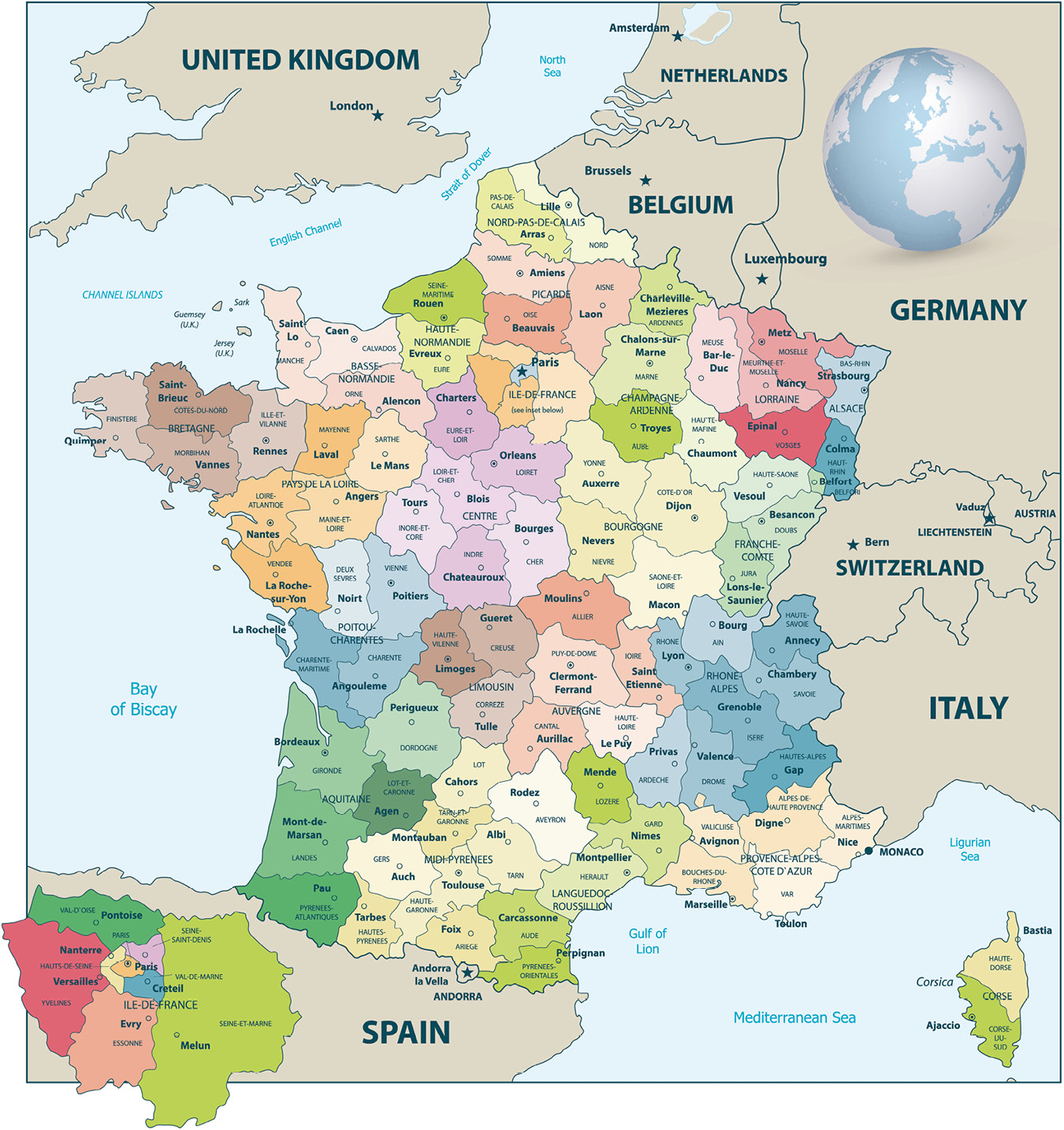


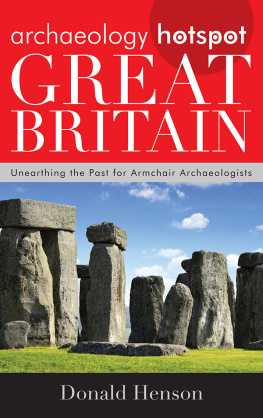

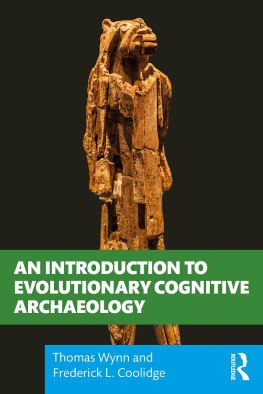

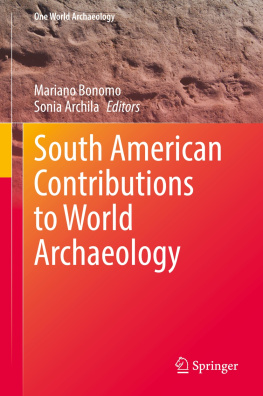

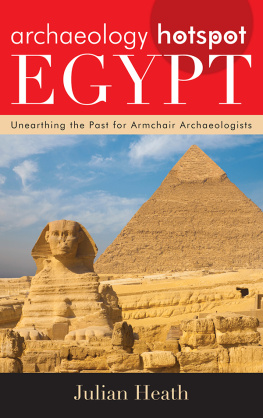
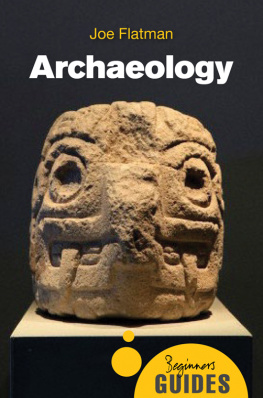
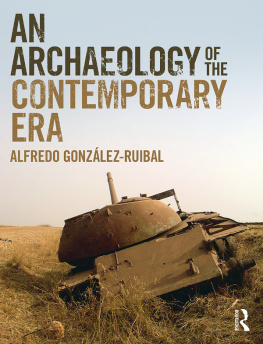
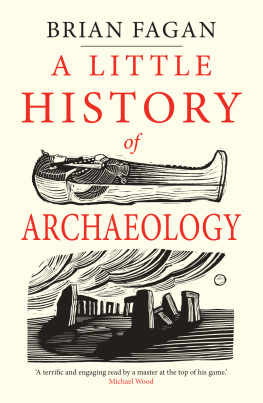
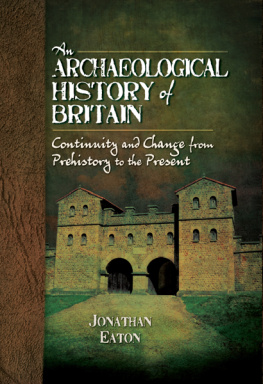
 The paper used in this publication meets the minimum requirements of American National Standard for Information SciencesPermanence of Paper for Printed Library Materials, ANSI/NISO Z39.48-1992.
The paper used in this publication meets the minimum requirements of American National Standard for Information SciencesPermanence of Paper for Printed Library Materials, ANSI/NISO Z39.48-1992.